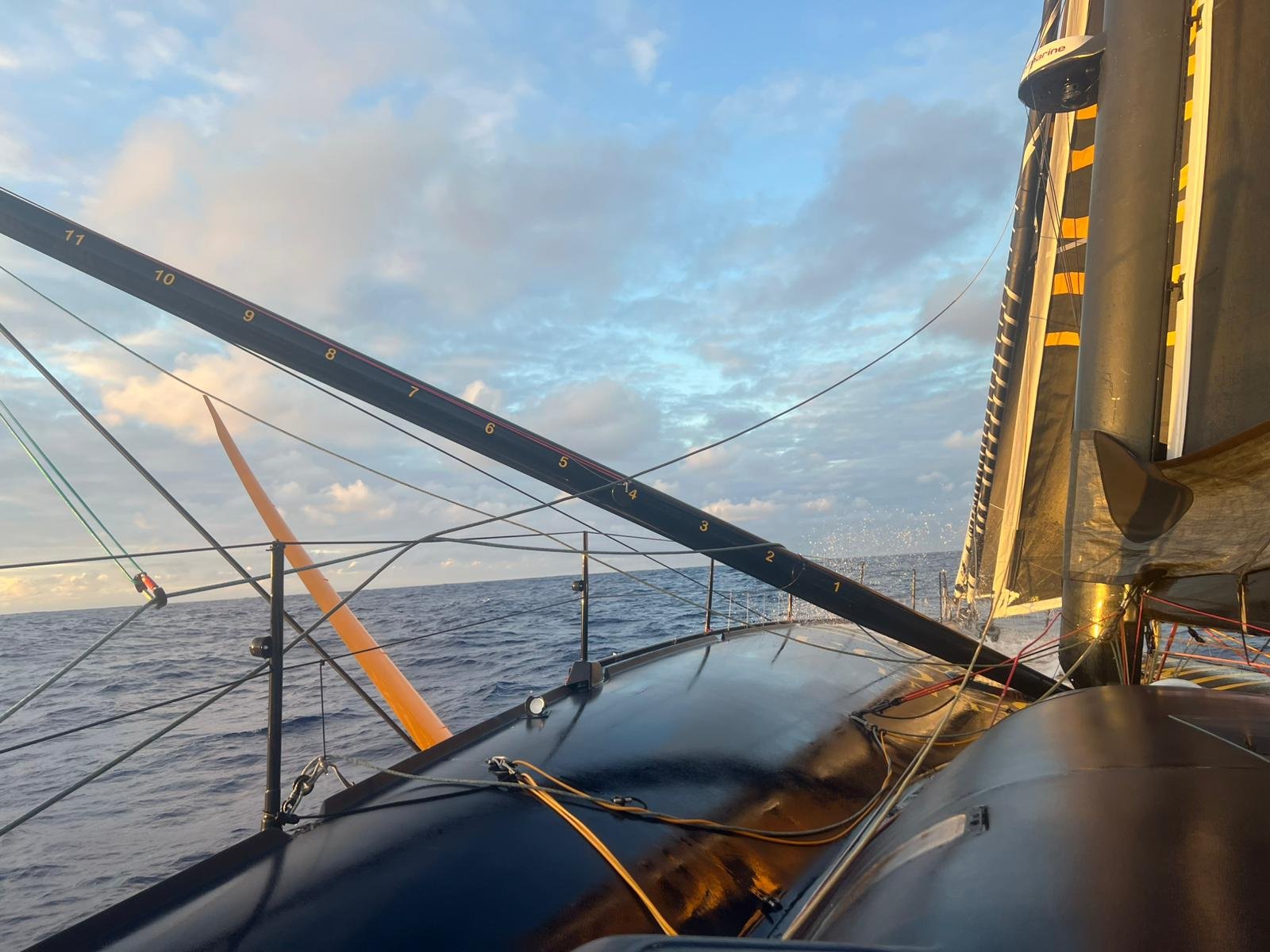Alan Roberts' Race Report: Psychological Re-entry to the Atlantic
Having rounded the Horn, it's easy to think you're on the final straight. But then, all of a sudden, you check the chart and reality hits—there’s still a long way to go to the finish. There are other boats in the ocean, and the weather systems are variable and sudden. For Clarisse, this has been a challenging phase, probably driven by memories of 2021 when she had an issue with her J2 that required a lot of energy to repair, and it was a particularly dark time for her. But on the other hand, she has done it before. She is a veteran, and she has matured, now able to control her emotions better—something we have worked a lot on since the start of the project.
Now, she has just passed a small low-pressure system. There wasn’t a lot of wind, but the sea state was violent. This is particularly tricky, as the wind allowed for more sail area and faster sailing, but the risk of breaking the boat and its structure was elevated. She’s done well, has come through unscathed, and with the boat in a healthy condition for the trade winds. She has no structural issues, a well-preserved J2, and a working foil.
But of course, anything can happen!
Next up will be a light wind zone that will be tricky to cross and will compress her, Sam, and Benj. The decision, much like the boats in the group ahead, is how far east or west to position themselves in order to cross this zone and pick up the new winds. This is for each skipper to decide, and partly, the positions and choices have been driven by the weather over the past three days and where that has taken them.
The big challenge that stood out to me while sailing up the Brazilian coast is the fishing boats, work vessels, and others that may not have AIS on and may not be easy to spot. This, combined with a potentially less effective AIS system, adds additional risk and stress to the skippers. How do they deal with this? Well, there’s the radar, which is quite useful but less effective in squalls or large sea states. There are online AIS platforms, but without her position and the advantage of picking up short-range AIS signals from smaller boats, it's less reliable. They will all have to be more attentive than in the Southern Ocean!
On the plus side, the temperature is warming fast, which will help with energy levels. She is in close contact with her competitors, which gives her a good purpose to keep driving hard and making sensible decisions. AND, for Clarisse, she is having a good race, and this is always very motivating 😊.
ETA for arrival is still a way out, but initial routings suggest around the last week of January. As she approaches, this will become more accurate.


